20+ Years Experience
Specialist Shop Fronts

Are you getting ready to establish a new business and need to build a shopfront from the ground up? If you have the passion and determination to take on your own DIY project, you’ve come to the right place.
In this guide, you’ll get a step-by-step breakdown of the process of building a shopfront from scratch.
Our shopfront specialists can provide you with all the details you’ll need to get the job done right, including essential tools, materials, and tips.
When measuring and designing the shopfront from scratch, there are a few considerations to make.
Measurements must be precise for the frame of the entryway to fit correctly within the dimensions of the outer walls.
Special attention should be given to taking accurate measurements at the door opening, overall height and width, as well as any other components such as windows (including thermal breaks) or trim.
Additionally, there is a debate between steel versus wood frames when it comes to creating a shopfront.
Steel is sturdier and generally easier to instal than wood, however, it can rust with time and require occasional maintenance.
Wood has a natural aesthetic appeal but is more prone to weathering, decay and insect damage if exposed to outside elements.
Of course, one solution may be to use a combination of steel and wood materials to create the shopfront frame, giving shoppers the best of both worlds.
To ensure that both material options successfully meet the design dynamics and construction techniques of various sizes and clearances, it is important that planning takes place before selecting a door type or size. Choosing aesthetically-pleasing materials that suit the style of your shop must be taken into consideration as well.
Now that you’ve learned about measuring and designing a shopfront from scratch, it’s time to move on to determining the size and dimensions of this project.
Understanding the size and dimensions of a shopfront is critical for successful construction. Depending on the size and space available, there are several factors to consider when determining the size and dimensions.
When selecting a space to build the shopfront, it is necessary to have a clear understanding of the width one wishes their shopfront to cover, including the amount of public space that will be blocked off for the shop.
This can greatly affect the total cost of construction since wider shopfronts require more material and labour.
On the other hand, it is important not to waste valuable resources by underestimating or overestimating the need for width. Achieving balance and understanding the tradeoffs between necessary coverage and budget is key in this decision-making process.
Additionally, consideration should be taken into account when choosing glass panes for a shopfront. The bigger piece of glass will enable more light to enter, as well as create a larger field of view from the outside.
Since security may also be a concern, one can opt in favour of smaller panes that can act as barriers against tampering and general misbehaviour from outside. Here again, weighing these considerations against cost is essential – larger panes tend to be more expensive.
Lastly, it is important to evaluate whether any existing structure at the location supports structural integrity for additional building components such as columns, window frames or door frames when in use.
If additional support is needed for existing structures, that too must be factored into overall sizing decisions and corresponding costs should be kept in mind when calculating project budget constraints.
Once an understanding is reached about suitable sizing and dimensions of the shopfront and all expenses are accounted for accordingly, it’s time to move on to designing the shopfront aesthetically.
With careful thought put into the visuals, one can ensure they create an eye-catching and inviting display that meets all requirements set out by preliminary planning stages.
You can also custom design your shopfront to suit your individual needs.
Building a shopfront from scratch can be an ambitious but rewarding endeavour for anyone wanting to own or operate a business in an area with heavy foot traffic. The process of creating the necessary materials and framework to construct a shopfront on your own requires resources and specialised knowledge.
In order to successfully construct a shopfront, you will need building materials such as steel, concrete, masonry, aluminium and plastic components.
Depending on the location of where the store is being built, structural requirements may vary as well, such as needing additional steel rebar reinforcement or stronger concrete foundations.
On the other hand, establishing a storefront in an already existing building may negate any need for structural requirements.
The framework of the store will also require an estimated amount depending on its size and design.
You will have to factor in the cost of purchasing windows, doors, frames and hardware like door knobs or locks; if you are open to custom solutions rather than traditional designs at least one material will still be required for framing purposes (e.g., using wood instead of metal).
Ideally, you should draw up plans for your shopfront in order to avoid any unforeseen complications during or after construction.
A few extra pieces of advice involve researching local building codes as well as consulting licenced professionals where needed – this can help make sure all safety guidelines are being followed properly throughout the entire build process.
Overall, constructing a shopfront requires familiarity with the required materials and framework needed to ensure the success of your project – armed with this information and any necessary assistance you can build with confidence.
Now that we’ve discussed the materials and frameworks needed to construct a shopfront, let us move on to discussing how to select appropriate construction materials and frames for your individual shop’s needs..
When constructing a shopfront, the use of quality materials and frames is essential for the overall success of the project.
The type of frame used depends on the size of the opening and whether or not strength is an issue. Steel or aluminium frames are preferred since they provide excellent support and durability, while wooden frames can be lighter and easier to instal.
When it comes to the glass, there are several options available. Tempered glass is recommended for large openings, as it offers superior strength and safety features.
Laminated glass is another popular choice for shopfronts, offering superior insulation properties, sound reduction features, and improved security for shopfronts.
The choice between standard non-insulated or insulated glazing systems should also be taken into consideration. Non-insulated systems are more affordable but may require additional reinforcement over time to maintain their shape and protect against weather elements. Insulated systems cost slightly more but offer greater protection from heat loss, draughty wind flow, and condensation.
Finally, materials that are used to finish the shopfront such as mouldings, claddings, soffits and fascias should be chosen with care. These materials provide extra protection against water intrusion and can improve energy efficiency if positioned strategically.
Regardless of what materials are used to construct a shopfront, it’s important to take into account any local building code requirements before beginning construction in order to ensure that everything is up to standards of safety and engineering practice.
Now that you have chosen your construction materials and frames, it’s time to move on to installing your shopfront! In the next section, we will discuss the different steps required for the installation of a shopfront from scratch.
When it comes to the installation of a shopfront from scratch, there are several options available to the business owner. The first is to hire an experienced professional with expertise in shopfront installation for the project. This option provides the owner with the highest degree of quality and safety and allows them to remain hands-off throughout the entire process. Additionally, a professional will typically guarantee their work, as well as any material used in construction.
On the other hand, some businesses choose to instal a shopfront themselves. This can be an economical option but is also more time consuming and requires knowledge and skills that may not be available to all business owners. Furthermore, any damages caused by incorrect installation can be costly and time-consuming to repair, thus diminishing the savings achieved by choosing this route.
Before deciding on a method of installation, businesses should weigh these options carefully and take into account any relevant safety regulations at play particular to their location or shopfront setup. Once these considerations have been made, businesses can proceed with installing their shopfront.
With the shopfront installed, businesses now turn their attention to installing windows and doors – a critical part of completing a successful shopfront from scratch.
Once the frame of your shopfront is complete, it is time to instal the windows and doors. This is a critical step in the process, so you’ll need to pay special attention to detail.
The materials used for the windows and doors will vary depending on where your shopfront is located and which regional building codes you need to adhere to. In general, most local codes or regulations will require efficient windows — so be sure to research which materials are available in your area and invest in the best quality within your means.
For installation, be aware that many different methods can be used including framing techniques such as wood studs or metal tracks, insertion techniques that use rails or removable mullions, and press fits with gaskets. Your choice should depend on the kind of window and door you purchase.
Installing a commercial-grade door is also important; after all, it’s how customers will first enter your store! Depending on their style, heavy-duty doors usually require more elaborate frames and may necessitate extra bracing. It’s best to consult a professional if you have any questions about what type of door or installation will work best for your business.
Finally, make sure you properly insulate all windows and doors using airtight seals. Doing so will ensure they are locking in cool air when running the AC in the summer months and snugly trapping warm air during the winter season — potentially helping you save money on energy bills!
With these tips in mind, installing windows and doors can help give your shopfront a unique look while also protecting it against various weather conditions. Taking the time now to plan correctly can save you time in the long run while delivering results that are both aesthetically pleasing and secure.
When planning out a shopfront it’s important to consider not just the layout of the space but also the manner in which the shopfront will be used. When designing the space, questions should be asked about the optimal use of each area, and what is practical and will make sense for customers when they enter the store.
It is possible to add extra features that can turn a typical shopfront into something truly outstanding.
In order for a shopfront design to be successful, it is important to ensure it does not impede on customer access or comfort. The optimal balance needs to be found between ease of navigation and showcasing products.
In some cases this may mean creating specific sections for different types of products, simplifying product locations or providing helpful colour-coded signs around the store. It is essential to create an easy-to-follow navigational system for customers so that they can easily find what they need within your store.
Space planning considerations are also important when dealing with shop layout, as each retail area must reflect the purpose of the business and provide effective space use.
Even if a variety of items are being sold, there may be certain areas within the shop that would lend themselves better to particular sections (e.g., furniture on one side and clothing on another).
Additionally, space should be allocated in such a way that allows customers to move freely throughout the store without hindrance while allowing you to display your products in an attractive and inviting way.
The need to accommodate lighting fixtures and sound systems should also not be overlooked when tackling a shop design from scratch; both factors can dramatically alter how shoppers experience your company’s offering.
Consequently, careful attention should be given when selecting and placing such items in order to enhance customer engagement within your shopfront.
Having kept these important considerations in mind during space planning for your shopfront, it is now time we look at what customers actually need and want in their shopping experience; an important step in designing an effective and profitable retail storefront that meets their particular needs.
When building a shopfront from scratch, it is important to consider what customers need and want. Customers need an inviting exterior that is attractive, safe and easy to access, with clear instructions on how to walk into the store and use their products.
They also need good directional traffic through the building, as well as accessibility for people with disabilities. Additionally, customers want the look and feel of the shop to be aesthetically pleasing and welcoming, with up-to-date branding and signage.
On one side of the debate, some may argue that if a customer is interested in a product or store, they will enter regardless of whether it has a well-designed shopfront or not.
But on the other side of the debate, having an inviting and attractive external appearance can help attract customers, build trust with them and make them more likely to purchase from your store. Furthermore, customers’ first impression of a business matters greatly in terms of brand recognition and building reputation.
Therefore, it is essential for businesses to put customer needs and wants at the forefront when considering all aspects of designing a shopfront from scratch. Building an appealing external appearance helps draw in customers and establishes credibility for the business–both elements which are essential for any successful store.
The cost of building a shopfront from scratch will depend on the complexity of the design and materials used.
Complex designs with intricate details may result in higher costs due to the additional labour required and the cost of premium materials.
Additionally, special tools and equipment may need to be rented or purchased to properly build more complicated units.
On the other hand, simpler designs with lower-quality materials may still require significant time and effort but usually have lower associated costs. As such, careful consideration needs to be given to the design features of a shopfront when determining its cost.
When considering the cost of a shopfront, hardware must also be taken into account. For example, door hardware such as locksets and hinges can add significantly to the total cost. The same is true for any security devices that may be needed such as surveillance cameras or window alarms.
Although these items can increase the overall budget for the shopfront build, they can also provide added security for customers and goods stored in the unit.
In addition to material and hardware costs, there are often additional fees involved with building a shopfront from scratch such as permits, inspection costs, and professional installer rates. These fees vary depending on local regulations and can add up quickly if not accounted for early in the planning process.
It’s important to understand which types of permits are necessary before beginning construction on a shopfront in order to ensure that all related expenses are included in your budget estimates.
In conclusion, building a shopfront from scratch requires careful consideration of both material and labour costs in order to effectively plan for its completion.
Of course, there are always additional fees to consider when finalising your budget as well so be sure to research local regulations prior to beginning construction.
When constructing a shopfront, there are several potential risks to consider. First and foremost, it is important to ensure the structural integrity of the shopfront with attention paid to foundation stability, appropriate materials and adequate bracing.
Additionally, one should be aware of the local building codes and zoning regulations in order to properly select materials and protect public safety.
Furthermore, proper installation of windows and doors should be closely monitored as improper installation can lead to failure or leakage.
Finally, after construction is complete, all building components should be regularly inspected for any signs of wear or damage that could result in costly shopfront repairs in the future.
By taking these precautions into account, the risk of potentially hazardous shopfront construction can be minimised.
The materials you need to build a shopfront will depend on the type and size of the shop, as well as the desired style and aesthetics.
Generally, some of the most common materials needed include wood (solid or laminated boards), metal components, acrylic sheets, concrete blocks, glass panels, plaster and other ceiling coverings, paint and varnish, and sealing materials.
Wood is generally preferred for both its aesthetic appeal and durability. It can be used for window frames and doorframes, wall linings, studs, balusters, cladding, skirting boards and architraves.
Metal components such as brackets and hinges can be used to strengthen the structure and add a modern touch to the design while acrylic sheets offer good insulation properties.
Concrete blocks are good for walls or walkways with double-glazed windows offering additional protection from outside noise.
Glass panels are also useful for displays in storefronts while plaster can be applied over walls to provide an even surface before painting.
Paint and varnish are important for weatherproofing the structure while sealing materials such as silicone caulk help to keep drafts out.
It’s important to consider the type of use your shopfront will have when selecting the right materials.
Retail stores with lots of foot traffic might require more robust materials compared to those that are primarily used for storage purposes.
Always ensure that your design meets local building regulations where you live before beginning any construction work.
Building a shopfront from scratch can be a daunting task, but with the right guidance and preparation, it truly is possible.
Creating a shopfront that successfully combines style, function, security, and safety requires comprehensive research and careful consideration of your needs before embarking on the project.
Hiring an experienced contractor to construct the shopfront is invaluable; they will know all the building code regulations in your area, as well as have access to the necessary tools and materials needed for proper construction.
Overall, building a shopfront from scratch may be intimidating, but a step-by-step guide can significantly simplify the process while ensuring successful outcomes.
For those who are willing to dedicate time and energy to their project, building a custom shopfront from scratch offers limitless creative possibilities for creating a unique storefront that meets all of your commercial needs.
There are a range of other shopfront services that we can provide. Have a look at the list below for more information:

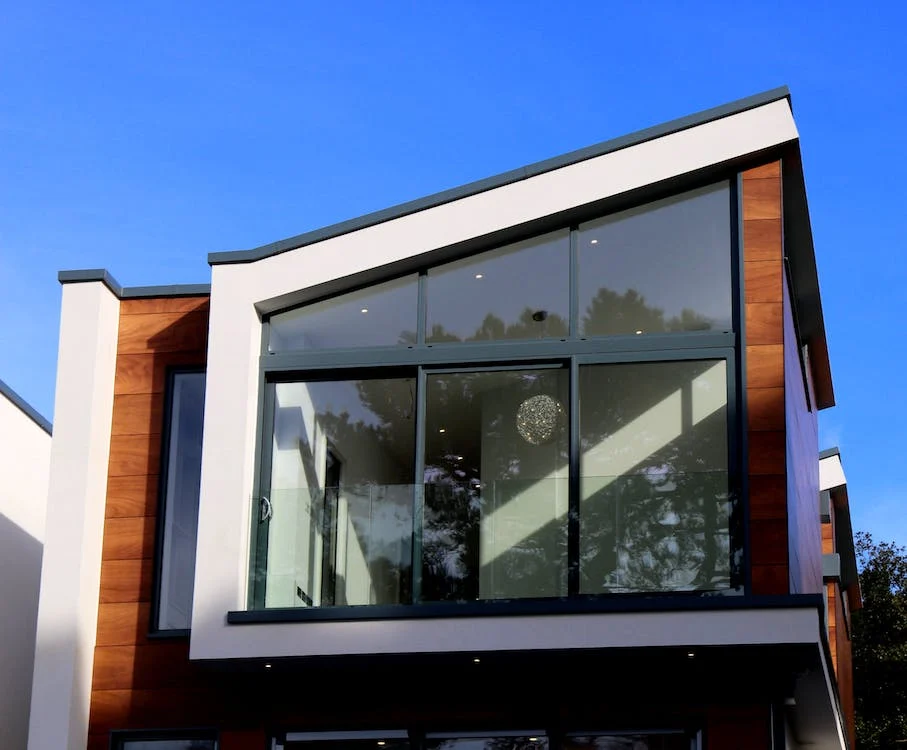

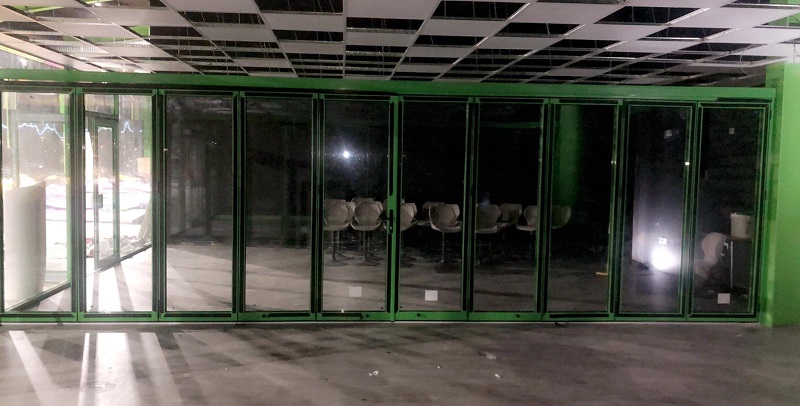
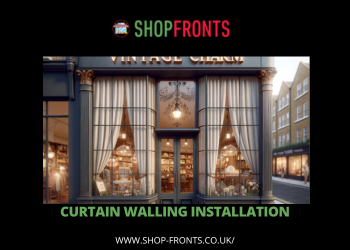
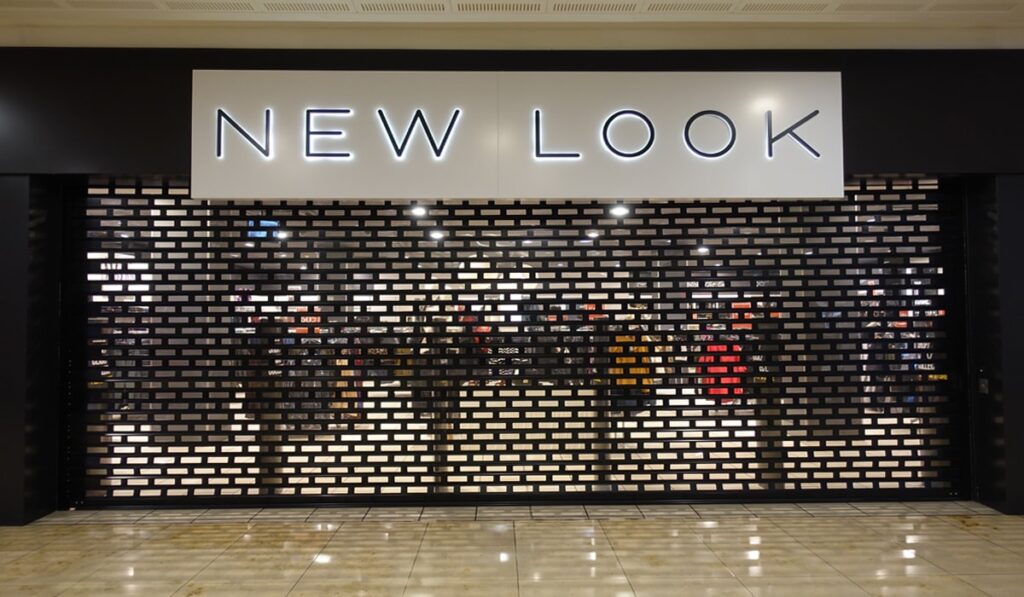


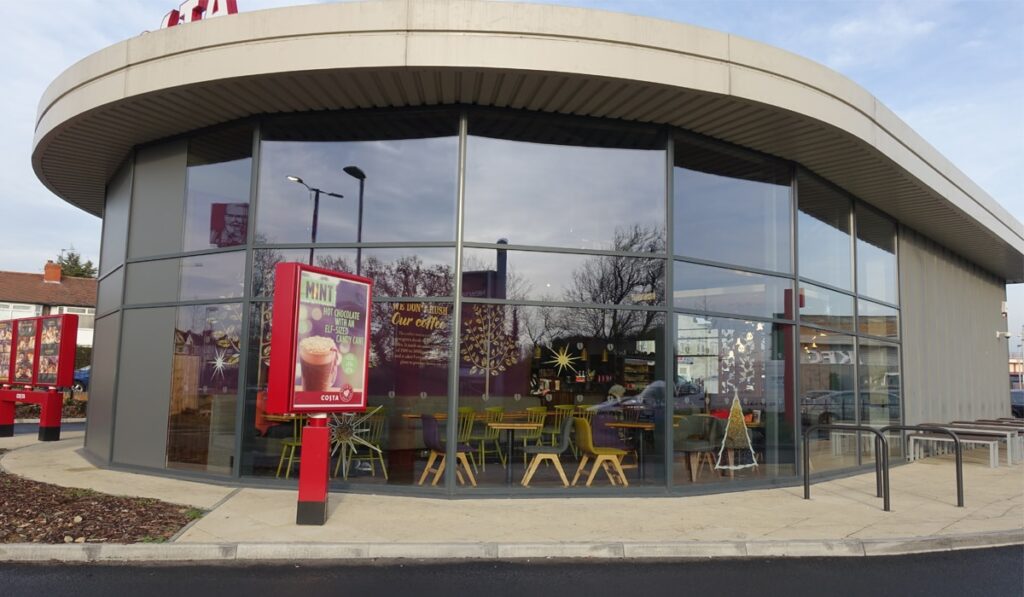

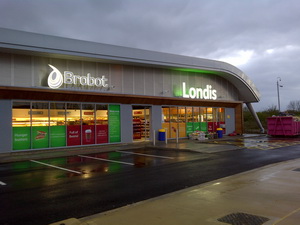


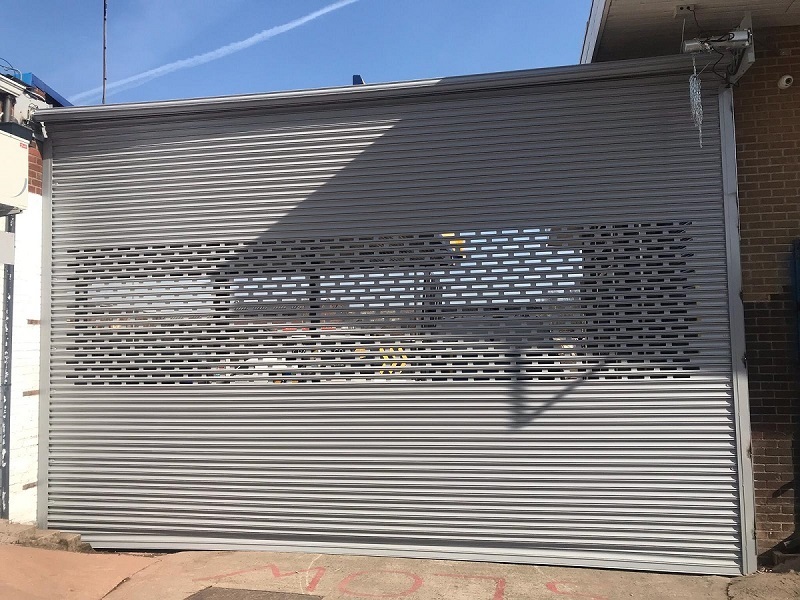
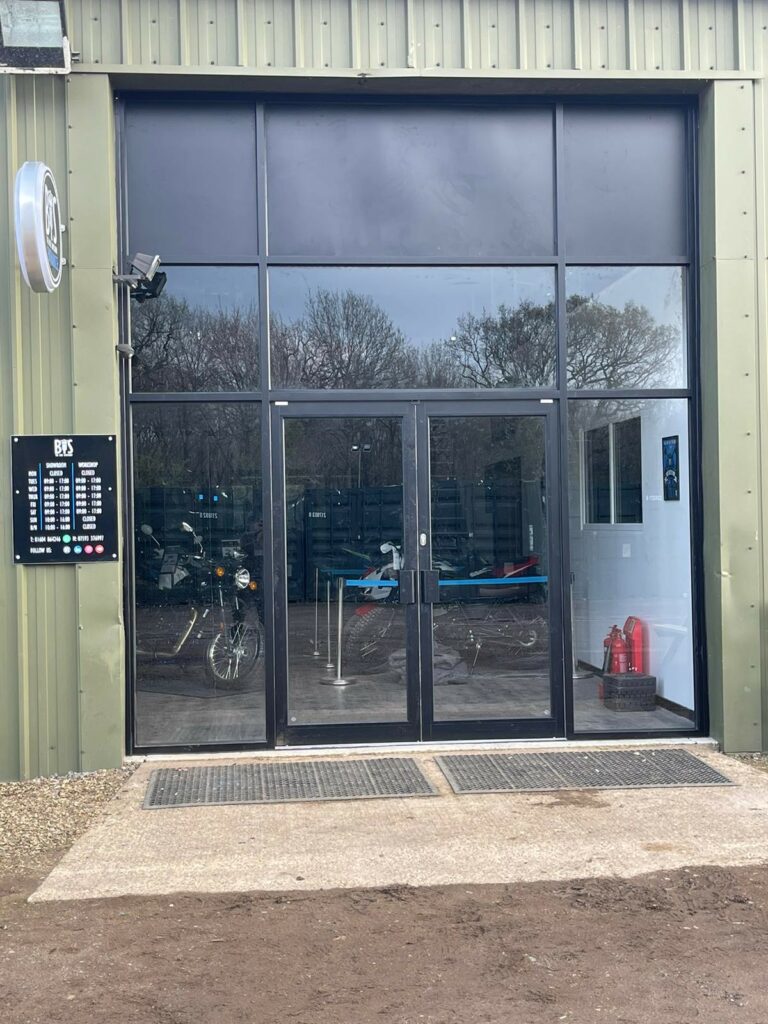





We Aim To Reply To All Enquiries With-in 24-Hours